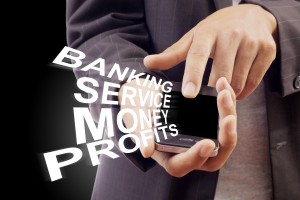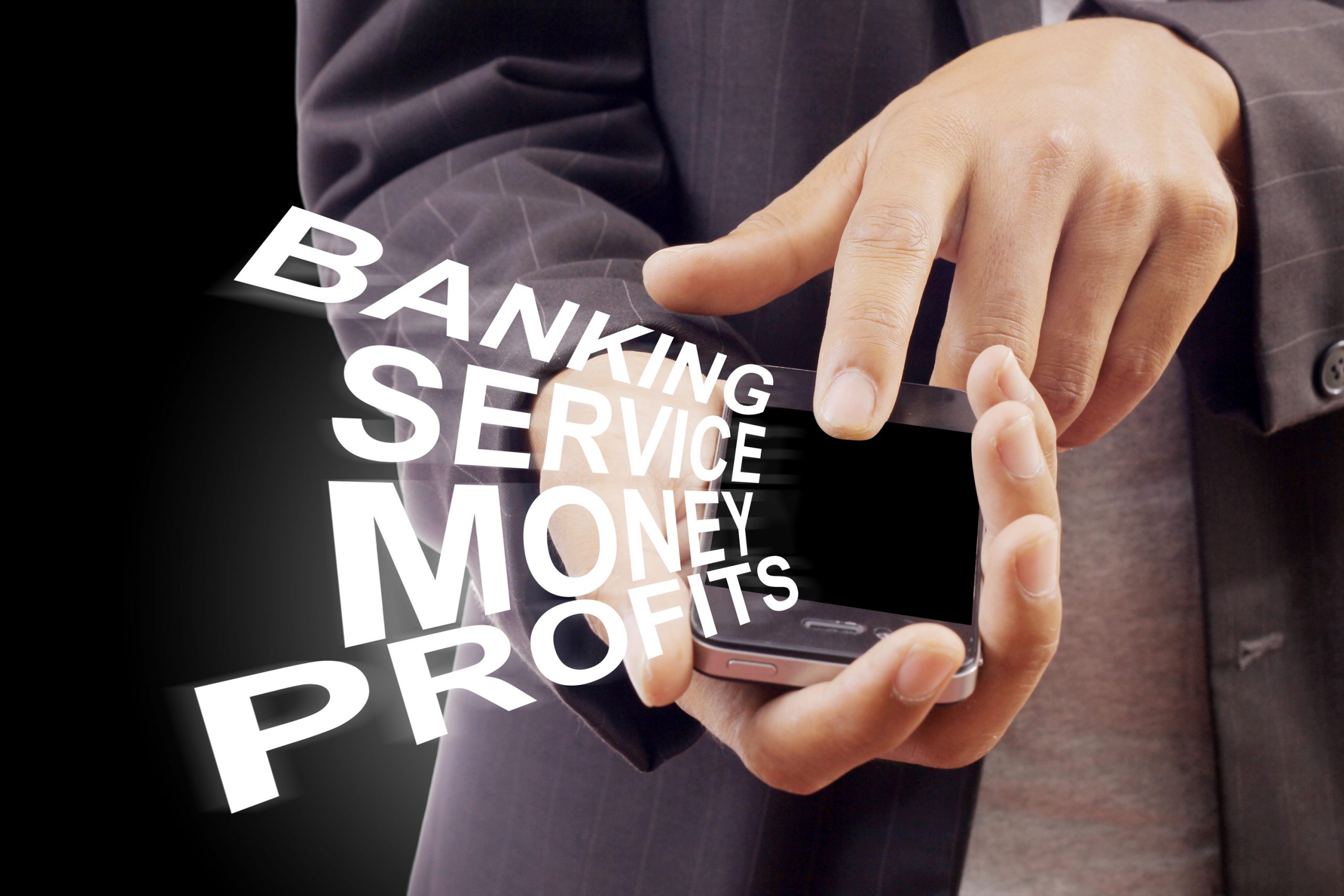I recently came across a Gigaom article, written by Phil Fasano of Kaiser Permanente, discussing the parallels to new and disruptive technologies in the financial services industry healthcare systems need to embrace to improve the quality of patient care while reducing costs. This article got my wheels turning. There are a lot of parallels to financial services IT, in addition to a number of other opportunities for innovators to penetrate the healthcare industry. To set the stage, the author mentioned that Americans spent an astonishing 2.7 trillion in healthcare expenditures in 2012, yet based on a recent study of medical outcomes the U.S. ranked last – yes last. This statistic goes to show there is definitely room for improvement and healthcare organizations will rely on the financial services industry to give them guidance. 
Top FinServ IT Investments Impacting Healthcare
The author was spot-on with covering several of the relevant fintech opportunities we’re seeing, but he left a very important one off the list (I’ll elaborate on that in a minute). First, here’s a summary of the top three compelling opportunities for entrepreneurs investing in health IT and their application to financial services:
Cloud computing – The move to cloud computing has potential to cut significant costs across both of these industries. In healthcare, technology vendors have given healthcare systems a reason to move from legacy IT systems by qualifying for Medicare and Medicaid Electronic Health Records (EHR) Meaningful Use Incentive Programs. The author also brought up data storage as another opportunity for healthcare organizations. Providers dump nearly 90 percent of the data they generate due to storage issues. The same is true in financial services. On average, only 20 percent of a bank’s data is used for analytics. This data provides significant opportunities for saving lives, reducing risk and identifying new sources of revenue.
Big Data analytics – We’ve talked a lot about the benefits of leveraging the vast amounts of data financial institutions possess on our blog and in our discussions with clients. The same is true for healthcare organizations. Tools like predictive analytics help predict medical outcomes and support clinical decisions. This information is changing the way doctors practice medicine.
Mobile – Mobile health capabilities are advancing the way healthcare is administered and preventative health services are communicated to patients. We know that mobile is a game-changer in banking. Mobile has drastically reduced banking transaction costs with the addition of mobile bill pay. Mobile has not only drastically changed both the customer experience, but has impacted business models for many banks. Mobile will continue to be a top channel and healthcare is following closely in their footsteps.
The Big Opportunity for Both Industries
I mentioned earlier that the article left a big fintech innovation off the list. So what might this opportunity be? The answer is Payments. The Affordable Care Act (ACA) has brought about health insurance reforms that are being rolled out over the next few years. As part of the ACA health care law, the government is establishing a “Health Insurance Marketplace”. These insurance “shopping centers” offered by each state will consist of an online exchange for consumers to buy affordable and qualified health insurance plans. Are these exchanges ready for handling a large volume of individual payments and ecommerce activity? Many of them are not.
Parallels extend beyond technology as we compare these two industries. Just as we’re seeing consumer-driven banking in financial services, healthcare is seeing a similar shift in how patients receive care and obtain medical insurance as a result of the ACA. As consumers tap into into healthcare infrastructure for new capabilities, there are several key areas where payment players and financial services technology innovators will play a critical role for guiding consumer-driven healthcare and payments.
1. Payments Integration – As health IT moves to new platforms and adds new payment services the need for integration of legacy systems and electronic records will be increasingly important. Just as care providers can improve care and deliver a better patient experience by sharing information, creating a master view that integrates payments information greatly improves remittance processing and compliance, reduces operational costs and supports cross-agency collaboration.
2. Retail Experience – Healthcare payments will benefit greatly from learning to make these experiences more retail like. As ‘healthcare as consumers’ unfolds and consumer needs evolve while “shopping” for insurance, health IT will use lessons learned in financial services to make the shift in healthcare payments with providing online exchanges that focus on efficiency and offering value-add services.
3. Medical Payment Fraud – Medicare and Medicaid payment fraud continues to be a major driver for healthcare costs in the U.S. Similar to fraud and risk in the financial services industry related to card transactions, healthcare has an opportunity to implement similar processes to reduce medical payment fraud and better monitor claims and payments.
Both healthcare and financial services are in a major state of change. As both of these industries learn to manage change and better address new technology challenges, the future looks bright for not only these organizations but those that serve them. What are your thoughts on the future of payments, in not only financial services, but in other industries like healthcare?
For a perspective on healthcare technology, I’d encourage you to read the post on our Health IT blog.

